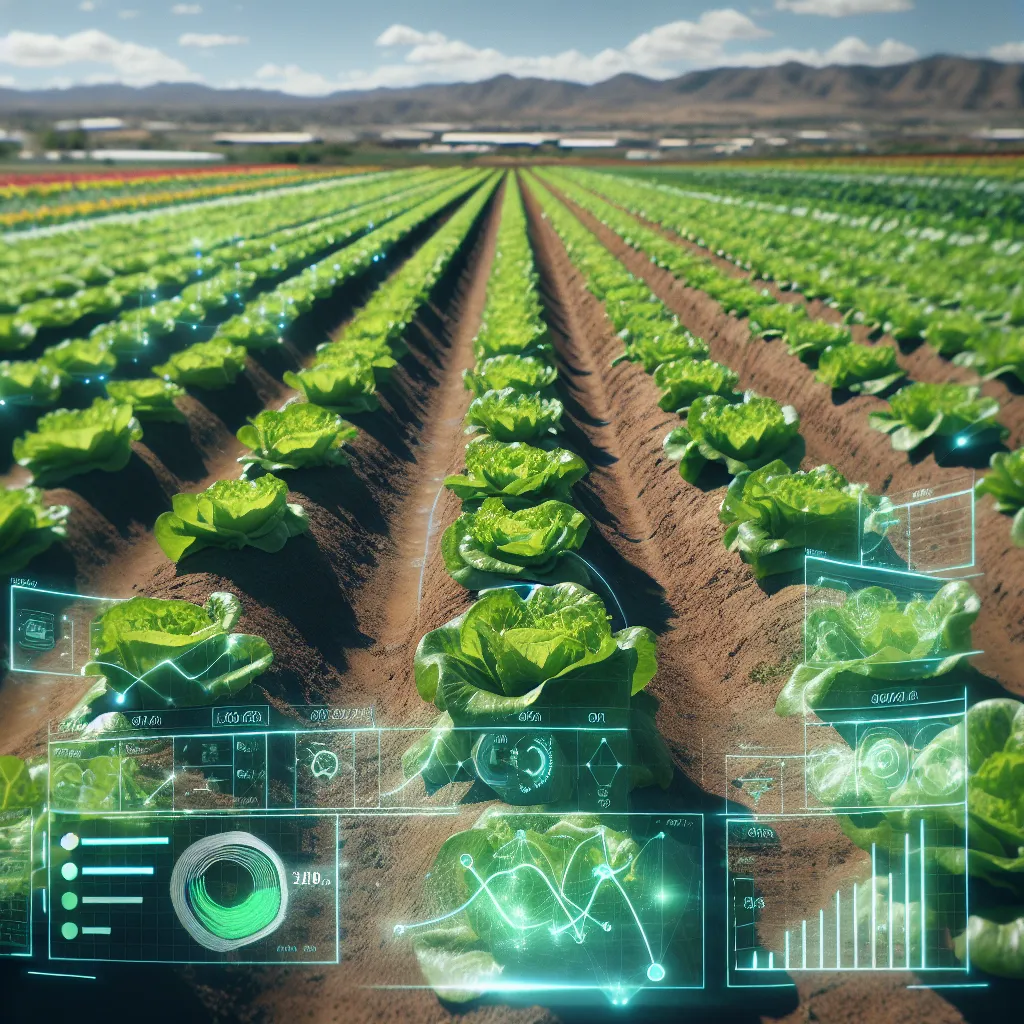In the face of a burgeoning global population and the pressing challenges of climate change, the agricultural sector is under immense pressure to innovate and optimize resource management. A recent study published in the journal *Scientific Reports* (translated from Italian as “Scientific Reports”) offers a promising solution, combining the best of machine learning and physics-based modeling to revolutionize lettuce cultivation in aeroponic systems. Led by Benedetta Fasciolo from the Politecnico di Torino, this research could significantly impact the energy sector by enhancing efficiency and sustainability in controlled environment agriculture.
The study focuses on developing a hybrid model that predicts key growth metrics and resource consumption for lettuce (Lactuca sativa) in aeroponic systems. These systems, which grow plants in a mist environment without soil, are known for their precision and efficiency but require careful management of nutrients and water. “Traditional farming methods often lead to resource wastage and food safety concerns,” Fasciolo explains. “Our hybrid model aims to address these issues by providing accurate predictions that can guide resource management and improve product quality.”
The hybrid model integrates machine learning algorithms with physics-based techniques to create a dynamic framework. This approach leverages the strengths of both methodologies: the adaptability and predictive power of machine learning and the mechanistic insights of physics-based models. The model was validated using real-time data from aeroponic systems, demonstrating good predictive performance, particularly for fresh weight and total leaf area. However, predictions of nitrate content and water consumption were less accurate, partly due to smaller training datasets and limitations of the physics-based component under soilless conditions.
Despite these challenges, the hybrid model offers a promising solution for optimizing controlled environment agriculture. “This research addresses critical challenges in modern agriculture by improving efficiency and sustainability,” Fasciolo notes. The implications for the energy sector are significant, as optimized resource management can lead to reduced energy consumption and improved sustainability in agricultural practices.
The study’s findings could shape future developments in the field by providing a blueprint for integrating advanced technologies into agricultural systems. As the global population continues to grow, the need for efficient and sustainable farming practices will only increase. This research offers a glimpse into a future where machine learning and physics-based models work together to create more resilient and productive agricultural systems.
In conclusion, the hybrid model developed by Fasciolo and her team represents a significant step forward in the quest for sustainable agriculture. By combining the best of machine learning and physics-based modeling, this research offers a promising solution to the challenges of resource management and food security. As the agricultural sector continues to evolve, the insights gained from this study could pave the way for a more efficient and sustainable future.

